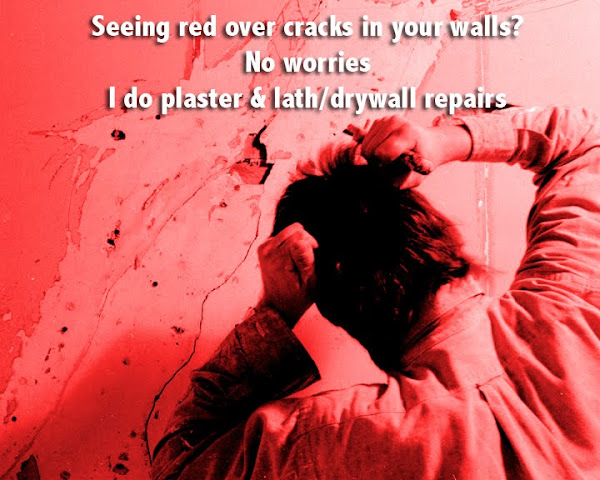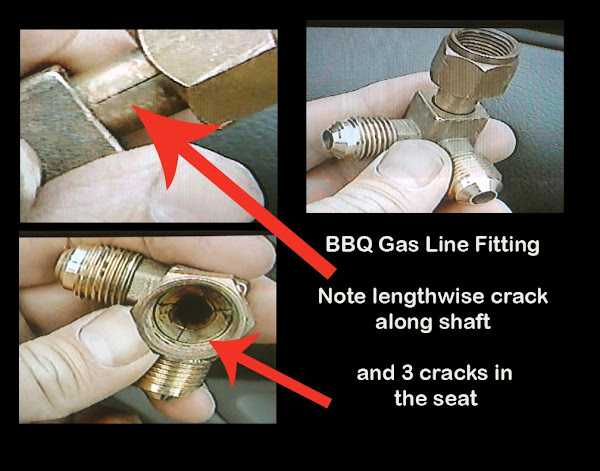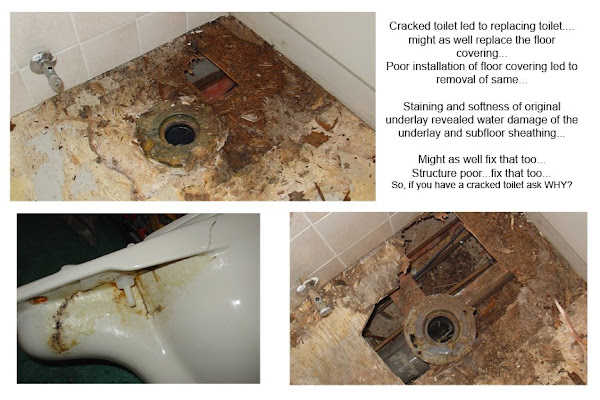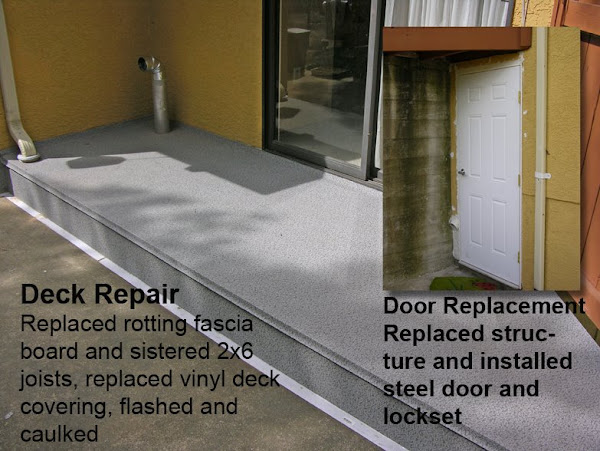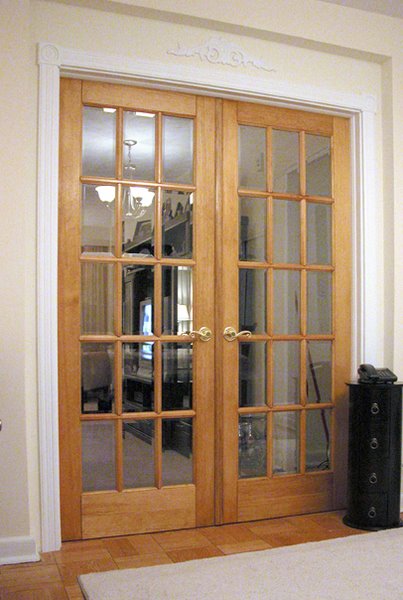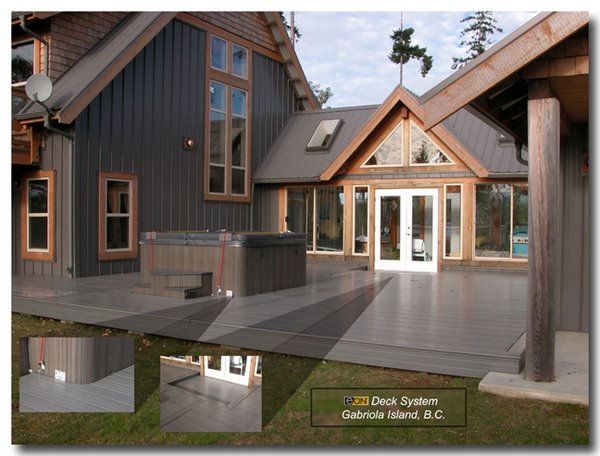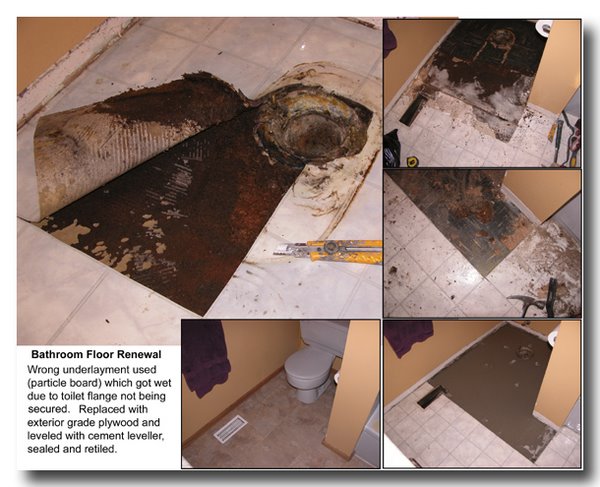Slow drains are often due to restriction but regular maintenance will keep them free-flowing.
Kitchen drains are often partially clogged with grease. When grease laden dish water flows down cool or cold drains, grease sticks to the inside of the pipe then subsequent cycles build on that until the drain becomes obstructed. Reducing the amount of grease/oil is best way to prevent blockages. If that’s not possible, it’s a good idea to run hot water for a minute to heat up the pipes and help dissolve any residue in the pipes. A non-toxic degreaser also goes a long way to keeping the pipes grease-free. I use ZEP concentrated citrus cleaner, available at Home Depot. It’s cheap and very effective.
In the bathroom, hair buildup is the most common cause of slow running drains. One hair is all it takes to attract more and then more. Once a month, inspect the drain for any hair and pull out what’s there then use hot water and a mild degreaser to dissolve any buildup of shampoo and soap residue, both of which can contain high levels of oil.
Some types of toilet drain obstructions can be solved by quickly dumping a bucket full of water from about chest height. The force of the fast-flowing water will usually clear the drain.
Once a month, in the kitchen and bathroom, let hot water flow down the drains for about five minutes. This will keep your drains free-flowing and reduce grease accumulation. Drains are designed to accommodate about two times the water exiting the faucet. You should be able to run the water all day without the sink filling with any amount of water. If water collects and takes too long to drain, you can be sure there is a restriction.
The water in the trap of basement floor drains can evaporate, leading to sewer gas getting into the home. Once a month, pour some water into any floor drains to refill the trap and to ensure they function.

